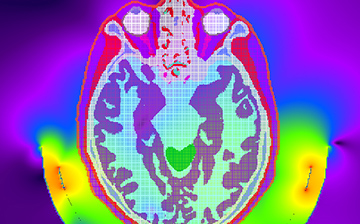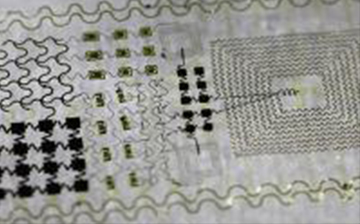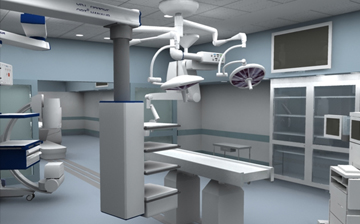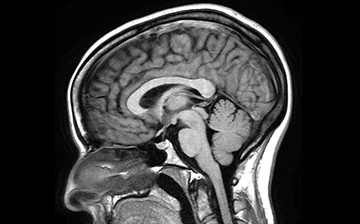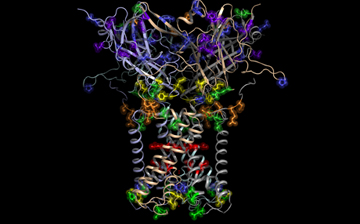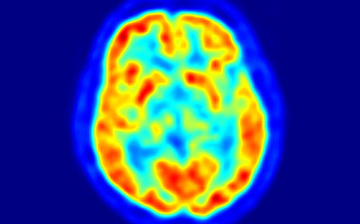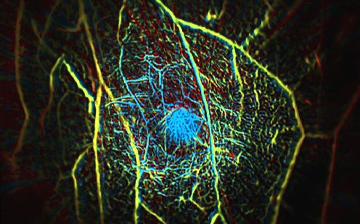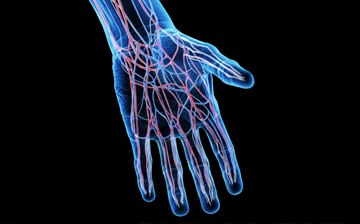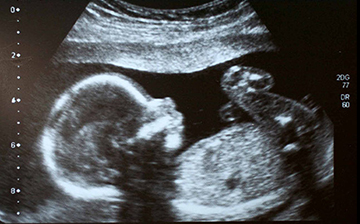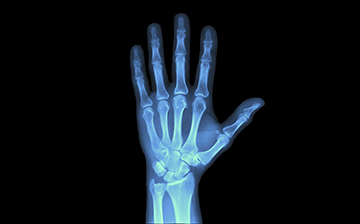This division supports the development of innovative biomedical imaging technologies to transform our understanding of biological and disease processes for improving diagnostics, image-guided therapies, and human health.
Meet our Data and Technology Advancement (DATA) National Service Scholars
Program Areas
Collaborations
- Medical Imaging and Data Resource Center (MIDRC) - This multi-institutional effort will harness the powers of artificial intelligence, and medical imaging to fight COVID-19 by creating new tools that physicians can use for early detection and personalized therapies for COVID-19 patients. MIDRC will gather a large repository of images and lead the development and implementation of new diagnostics, including machine learning algorithms, that will allow rapid and accurate assessment of disease status and help physicians optimize patient treatment. In additional to NIBIB subject matter experts, the team of collaborators includes the University of Chicago, American College of Radiology Radiological Society of North America, and the American Association of Physicists in Medicine. MIDRC website (Kris Kandarpa and Guoying Liu)
- Brain Research through Advancing Innovative Neurotechnologies (BRAIN) Initiative – Presidential project aimed at revolutionizing our understanding of the human brain. The goal is to map circuits of the brain, measure fluctuating patterns of electrical and chemical activity flowing within those circuits, and understand how their interplay creates our unique cognitive and behavioral capabilities. By accelerating the development and application of innovative technologies, researchers will be able to produce a dynamic picture of the brain that, for the first time, shows how individual cells and complex neural circuits interact in both time and space. It is expected that the application of these new tools and technologies will lead to new ways to treat, cure, and even prevent brain disorders. NIH is one of several federal agencies involved in this initiative. For more information see the BRAIN website. (Guoying Liu and Shumin Wang)
- Medical Device Research Interest Group (MDRIG) - Trans-NIH initiative that has representatives from 16 NIH institutes and centers as well as from the FDA and CMS. The goal of MDRIG is to provide a forum to discuss and collaborate on issues related to research and development and other topics critical to innovation of medical device technologies. For more information contact Dr. Kris Kandarpa.
- NIH-NASA Biomedical Research Activities - Collaboration between 23 NIH institutes and centers and the National Aeronautics Space Administration that focuses on exploring how biomedical research can address the challenges of deep space exploration and benefit human health in space and on Earth. These efforts include establishing a framework of cooperation to encourage interaction between NIH and NASA research communities and integrating results from that research into improved understanding of human physiology and health. (Randy King)
- Human Connectome Project (HCP) – Involves 16 NIH institutes and centers and is part of the NIH Blueprint for Neuroscience Research. The HCP supports research that uses cutting-edge imaging technologies to map the circuitry involved in brain function in healthy humans. (Guoying Liu)
Division Staff











